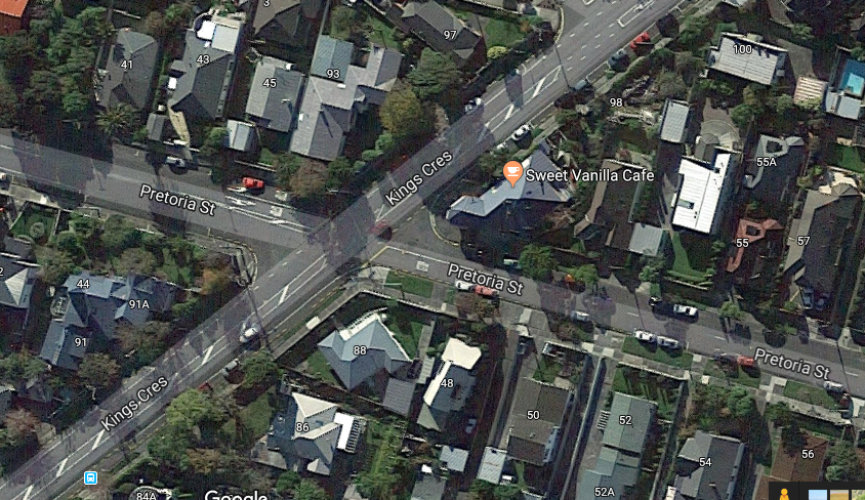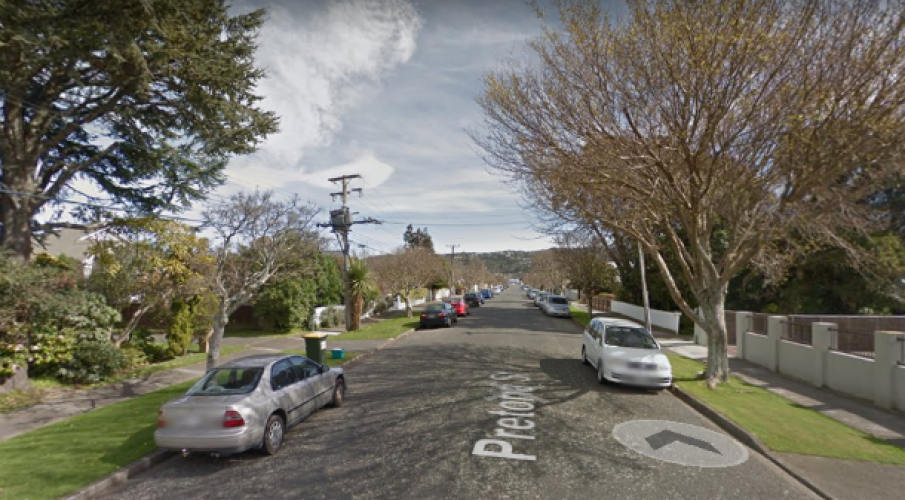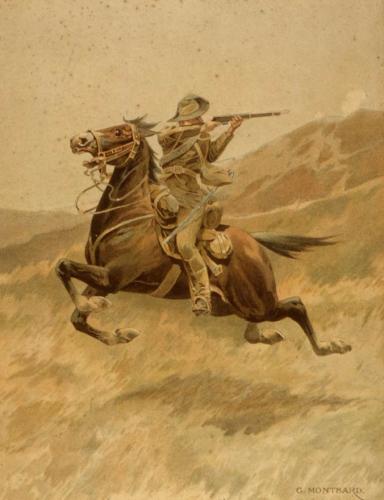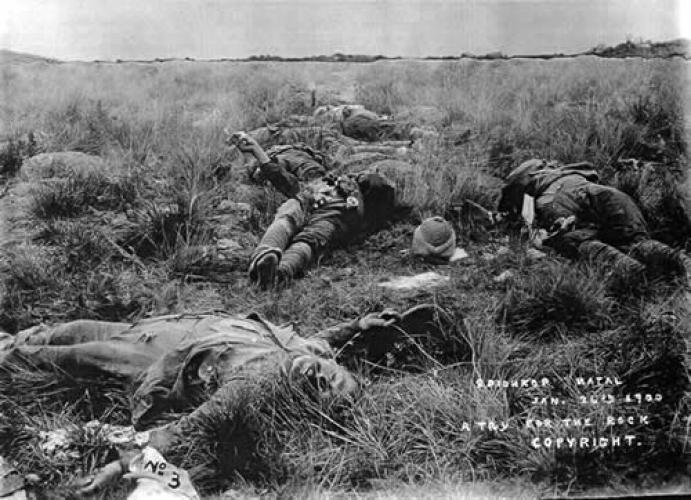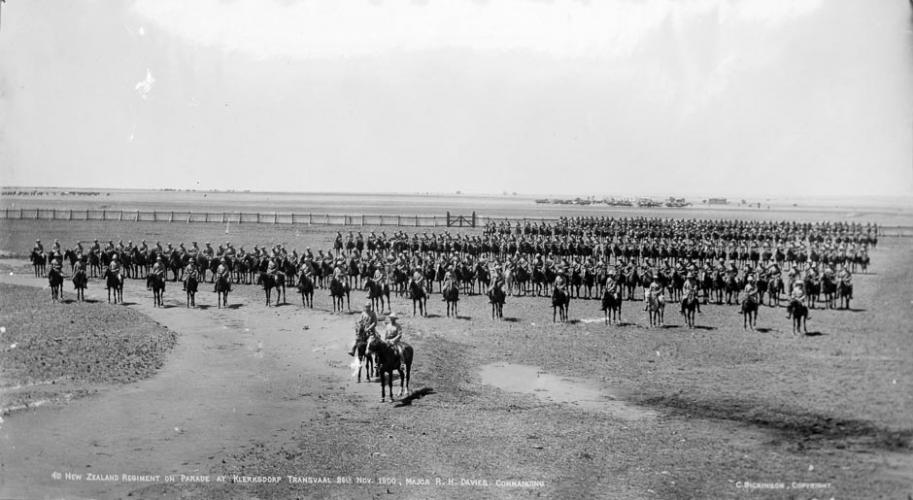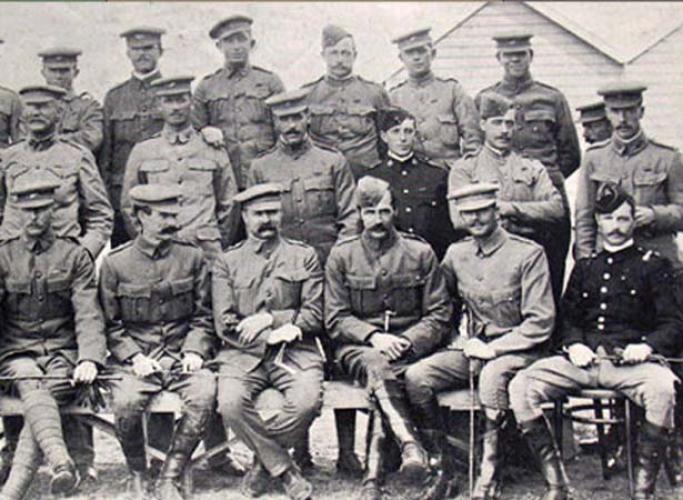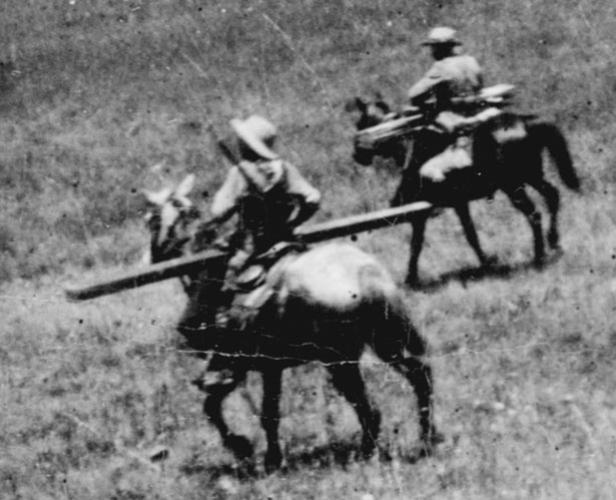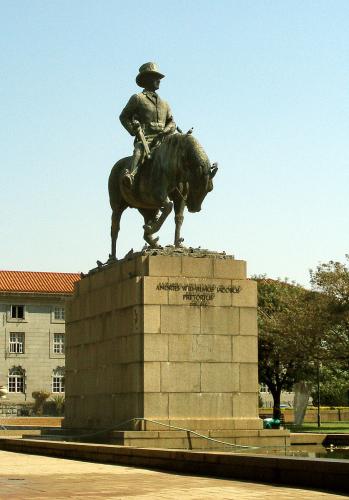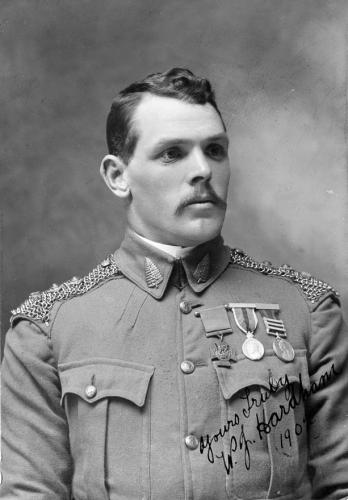149 Pretoria Street Lower Hutt
Reason for the name
This Lower Hutt street was named as a tribute to those who served in the Boer War 1899 - 1902. Pretoria was the place where the Treaty was signed ending the War.
Pretoria Street Lower Hutt is a long street containing both residential and commercial properties. It is close to the centre of town.
The Second Boer War, fought from 11 October 1899 until 31 May 1902 and between the British Empire and the two independent Boer republics of the Orange Free State and the South African Republic (Transvaal Republic), resulted from the history of British encroachment into or involvement in areas already settled by Afrikaners – who were known colloquially as Boers (farmers) – the descendants of the original Dutch settlers. This was exacerbated by the discovery of gold and diamonds in the South African Republic, after which many miners from British Empire countries migrated there.
Author: Poppy Places Trust
New Zealand decided to help fight for the Empire and sent 6,500 mounted troops to assist the British efforts, making the war New Zealand's first overseas military campaign. Virtually every man in New Zealand was desperately keen to get to war so the first soldiers to go were selected on the basis of who could afford to go. If a man could provide his own horse, rifle and equipment, costing about £25 in total, he could go to war. The first two of the 10 contingents paid their own way. The proposal to send the first contingent – 200 mounted riflemen – was approved by Parliament prior to the outbreak of war on 28 September 1899. Prime Minister Richard Seddon's proposition to do so was overwhelmingly supported, meeting opposition from only five members of parliament.
The women of New Zealand were also supportive of the war. Girls' and Ladies' Khaki Corps (or 'Contingents') were organised throughout the country during 1900 to raise funds as part of New Zealand's South African War effort (1899–1902). Denied entry into active war service, women threw themselves into patriotic work on the home front. The contingents were quickly established throughout New Zealand in cities and small towns. Young society women dressed in khaki uniforms with skirts and hats (modelled on men's uniforms). The Khaki Corps had a full range of military titles and local volunteer officers coached members in military exercises. Members participated in influential fundraising events such as the Patriotic Carnival at Government House in 1900 organised by Lady Douglas in aid of the Wellington More Men Fund.
In total, New Zealand provided ten contingents to the British, numbering 6,500 men. New Zealand losses were seventy-one men killed in action, twenty-five killed in accidents and 133 of disease. Figures for New Zealanders serving with units outside of the New Zealand contingents are unknown.
The Second Boer War resulted in the end of the Transvaal Republic and start of British hegemony in South Africa. The city surrendered to British forces under Frederick Roberts on 5 June 1900 and the conflict was ended in Pretoria with the signing of the Peace of Vereeniging on 31 May 1902 at Melrose House.
The Pretoria Forts were built for the defence of the city just prior to the Second Boer War. Though some of these forts are today in ruins, a number of them have been preserved as national monuments.

